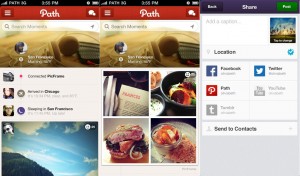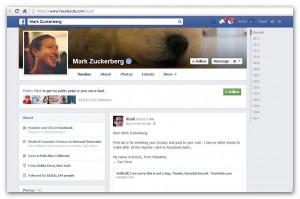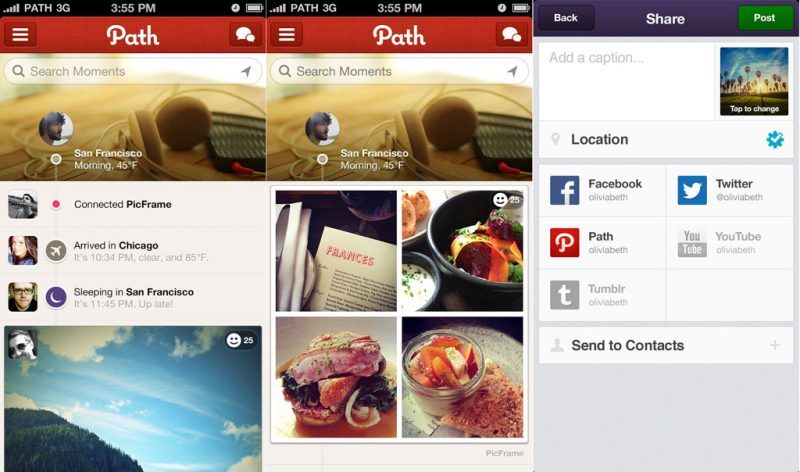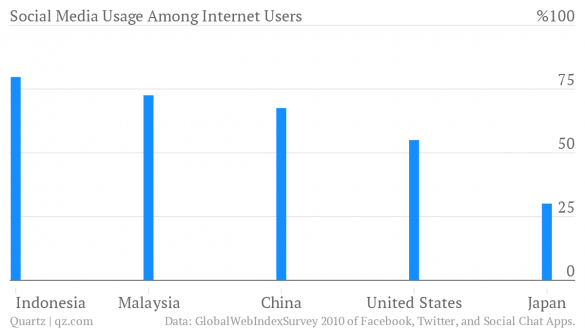
Closed networks. A limit on friends. Strong privacy settings. It’s Path, of course.
The social network, launched in 2010, received scant attention from users in the US after an initial publicity spike, but quickly gained footing overseas, especially in Indonesia. That’s why Path raised $25 million from a group of investors, including the Bakrie Group, one of Indonesia’s leading conglomerates, in January.
At the same time, Asia’s social media clout is growing, particularly in the continent’s third most populous country; Indonesia. The country has a large, young population (unlike Japan), cheap and reliable wireless broadband (unlike India), and few government restrictions or censorship (unlike China). Silicon Valley ignores Jakarta at its own peril.
In fact, as social media becomes more and more fragmented, Path’s popularity among Indonesia’s internet savvy netizens, through increased depth and engagement of the user experience, may point the way forward in a fluid, connected, mobile-driven future.
Networks building upon networks
Jakarta tweets more than any other city in the world, accounting for 2.4% of all tweets globally. In fact, Indonesians Tweet with far more regularity and with larger circles of followers than their American brethren, which demonstrates a critical point. Not only are vast numbers of Indonesians using social media, but they use it more often, in a wider variety of ways, and often, simultaneously with other networks. Tweets highlight Instragram photos, direct friends to Facebook posts, or invite them to join their private Path.
A clear reason for Path’s rise here is its integration with Twitter in early versions. Twitter users found that having a private Path network was a perfect complement to its open chatter. Each site could be used simultaneously for different purposes; one to talk to the world about traffic, the other, to plan a night out with your closest friends.
In fact, Path is claiming the niche that Facebook abandoned for global growth years ago. Few in Asia realize that Facebook was originally a closed network. By the time Facebook began to grow in Indonesia in 2008 (then, as a marketplace to buy and sell goods, foretelling Indonesia’s now rapidly growing e-commerce markets), it barely resembled its university, privacy-focused start. Path’s introduction was adding a new dimension to social media never seen before. Like Facebook circa 2005, Path was gobbled up by students and then, middle-class Indonesians.
Social media’s capital
Facebook is now used, as many Indonesians told me, as a web-version of a photo ID. Like when entering a nightclub, it’s your gateway inside, but, once you’ve passed security, the real reason that Indonesians use social media – gossip, information, relationships – is firmly with newer, specific networks like Path.
They focus on mobile technology and cater to specific niches of the user experience. In fact, Indonesia is an early adopter of new social communication apps that have barely penetrated many Western markets. Mobile apps Kakao, WeChat, and Line all count Indonesia as one of the their top markets. More than 60% of Indonesians with web access use mobile phones or handheld devices to access the internet, and for those who use smartphones, it is apps that are the initial entry point onto social media. That’s why, in Jakarta today, getting people to use email or PCs is nearly impossible – if you want a quick response, you had better send a Tweet or a WhatsApp message.
This fits in perfectly with Path’s goal, which according to CEO Dave Morin, was to build a network that allows for richer, deeper communication, allowing for social media to strengthen personal relationships. It understands that we can only have so many real connections in our lives – hence, a limit on friends (currently 150). Other features include a mobile focused interface, private chat, and, notably, no way to post other people’s posts or photos on your profile or wall. Perhaps telling, since its release, Path has been moving in the opposite direction of Facebook, towards more privacy, recently allowing users to designate inner circles and share content to as few as two or three people, and no one else.
It’s certain that Path won’t be the last social media tool to make its mark in Indonesia. Right now in Jakarta, Path sits along Facebook, Twitter, Whatsapp, and WeChat on local Blackberrys and Android smartphones. Thus far, Indonesians have mostly adopted social media tools developed outside of the country. That might be changing. As start-up incubators and technology networks expand in cities like Jakarta, but also Bangkok, Manila, and Singapore, perhaps the next Path, Kakao, or WeChat will come directly from the Twitter capital of the world.





